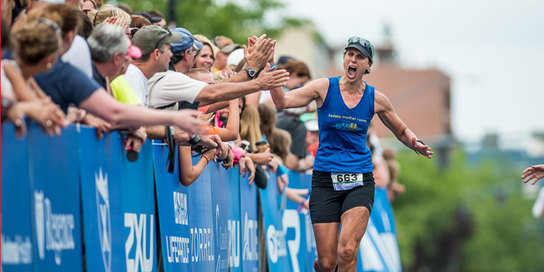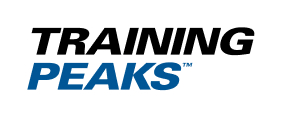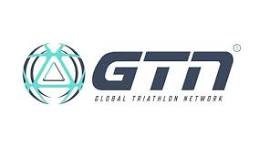Essential advice about the optimal running pace, heart rate and perceived exertion to run a fast IRONMAN marathon.
Did you realise that by the time you start the marathon run in an IRONMAN triathlon, you’ll have already been racing from anywhere between 5 hours 30 and 12 hours?
You’ll be tired and low on energy by then, so your pacing strategy needs to reflect that. The best outcome you can realistically expect in an IRONMAN marathon is to maintain an easy or steady pace throughout, without having to stop or continually walk. That is the secret to achieving an excellent IRONMAN result and in this blog, we’ll show you how…
What is The Perfect IRONMAN Run Race Pace?
There is precious little research on the ideal pace for an IRONMAN but there is one particular study that sets the tone of this blog. It appeared in the journal PLoS One and was based on athletes who competed in one of the world’s most challenging ultra-marathons, the Tor des Geants in Italy. This gruelling event involves running 200 miles over mountains, with 24,000 metres of elevation change. The researchers compared these hardcore athletes with another group who’d taken part in a shorter Alpine ultra-marathon – a mere 103 miles in length.
The findings showed that runners in the longer race had lower levels of muscle damage and inflammation, despite the fact that they ran almost twice the distance as those in the shorter event. The researchers were led to conclude this: “Such extreme exercise seems to induce a relative muscle preservation process, due likely to a protective anticipatory pacing strategy during the first half.”
How does this help you?
Keep your intensity conservatively low – at the easy end of your target range until halfway. At that point, if you feel fresh enough, you can increase your pace slightly (however the chances are you won’t).
Check our Triathlon Race Pace Calculator to help guide your pacing strategy.
Using all three of the methods (RPE (feel), HR and pace) is best as none of them are entirely reliable in isolation. Many variables can affect them, such as wind direction, gradient and cardiac drift (an increase in heart rate due to heat stress). Just remember that the downsides of starting too fast are far greater than the downsides of starting too slow.
TIP:
Just make sure you base your IRONMAN pace on real results done in the last 8 weeks. DO NOT GUESS!!!












